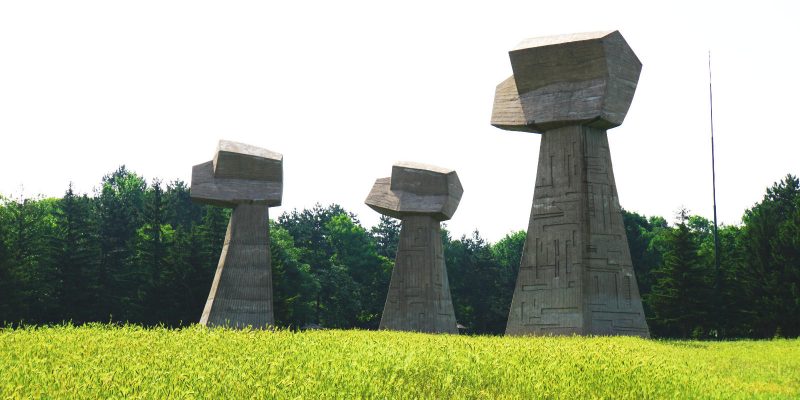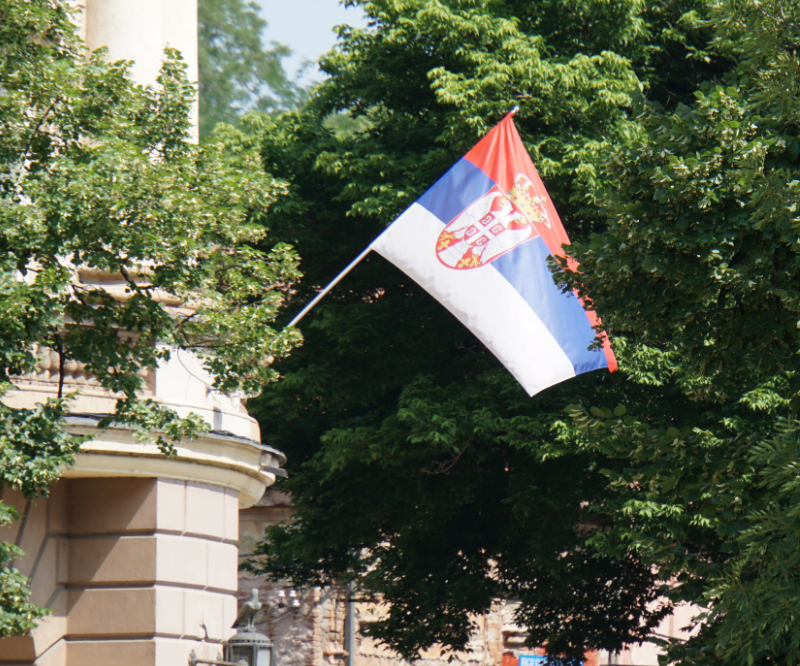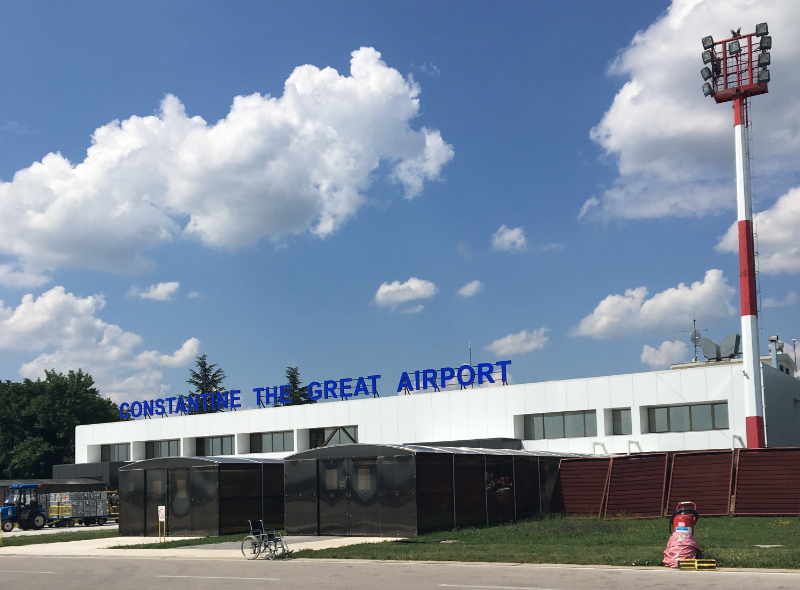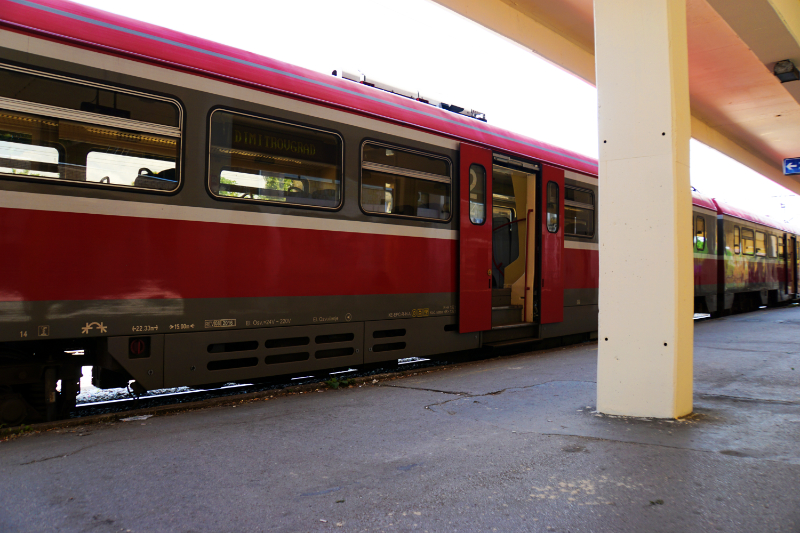Serbia, which is officially known as the Republic of Serbia, is a landlocked country within Southeast Europe. It has borders with Hungary, Romania, Bulgaria, North Macedonia, Croatia, Bosnia and Herzegovina and Montenegro. The largest city and capital city is Belgrade, and it is also one of the largest cities in Southeast Europe. The official language is Serbian, and the largest ethnic group is Serbs at 83 percent.
Serbia has a humid subtropical climate with influence from the Mediterranean Sea, the Atlantic Ocean and the Eurasian landmass. The north part of the country has cold winters and hot summers. The south part has dry summers and cold winters. Serbia’s tourist industry mainly focuses on mountain resorts and spa towns. Some famous mountain resorts include Kapaonik and Zlatibor, and some of the biggest spas include Vrnjacka Banja and Banja Koviljaca.
Explore different destinations of Serbia

For over 7000 years, people have inhabited the area where the Sava River flows into the Danube. Today, the city of Belgrade is located there. A city trip to Belgrade is a trip to a city with strong contradictions.

Just under 250 kilometers from Belgrade lies the third largest city in Serbia, Niš. The industrial and commercial city is still a relatively little visited place by Western Europeans. Unjustly, as we noticed during our Niš city trip. In addition to various cultural institutions, a dreamlike environment invites you to hike and relax.
History, very briefly
The state of Serbia is first mentioned in a document by a biographer of Carl the Great in 822. The Župans are in power in Serbia around this time.
Like in other places around Europe, power shifted from one ruler to another a few times, until Tsar Dušan (1331-1355) took over. He was the most powerful leader in Serbia and during his rule, Serbia was highly regarded in the rest of Europe.
Towards the end of the 14th century, the Turks tried to occupy the country. And even though the Turks lost a few battles, the Serbian army was so debilitated that they had to surrender power to the Ottomans.

Until 1804 Serbia stayed part of the Ottoman Empire. This was the year where part of the country was liberated in the first Serbian Uprising. An autonomous principality, however, could only be successfully installed after the second Serbian Uprising (1815 – 1817). After the last Ottoman regent was chased out of the country, Serbia’s independence was finally acknowledged by the Berlin Congress in 1878. In 1882 Serbia was declared a kingdom.
What followed was a war-ridden time. 2 Balkan Wars, World War I and World War II. After that, the country became one of the six republics within communist Yugoslavia.
Until 1990 life in the Serbian parts of Yugoslavia was characterised by a socialist view. That changed after Slovenia decided to leave the group during the 14th congress of communist Yugoslavia. Political and social tension multiplied in Yugoslavia which led to the Yugoslav Wars (1991 – 1995) and the Kosovo War (1998 – 1999).
Serbia became independent in 2006.
Climate
Serbia has no direct connection to an ocean. This has an impact on the climate. Serbia’s climate is continental.
Winters are fairly cold with plenty of snow. Temperatures can be high in summer. We had 25 – 35°C in June. Rainfall quantity is 896mm on average.
Getting there
There are a few options to get to Serbia.
We chose a flight from Berlin to Niš. The main reason for our decision was that back then there was only one airline that offered flights to Belgrade. With very, very old aeroplanes and very expensive tickets. Budget airlines from Berlin to Belgrade were only introduced later.

Niš has a very small airport. A maximum of 5 aeroplanes per day landed here in the summer of 2018. The picture shows the airport’s only terminal.
In addition to that, there are flights from other places in Germany directly to Belgrade. Not daily for the most part, but there are some good routes.
Another option that we had considered was a train from Budapest to Belgrade. The travel time and the overnight train made us decide against this option.
Serbia can conveniently be reached from Budapest by car.
On tour in Serbia
There is only a limited number of trains that travel through the country. It’s good to keep expectations low, especially with regards to train stations. A new, modern Central Station is currently under construction (2018) in Belgrade. But smaller towns don’t always have ticket counters, service desks or station buildings. Even Niš, which is the third biggest city in Serbia after all, had no toilets in the train station. Many trains are outdated and when I saw some of them I had serious second thoughts about boarding one.

The train from Niš to Belgrade, however, was a modern regional train, similar to ours. Our journey time was 5 hours.
The most important way of transportation are coaches that travel between cities.
Taxis are cheap in comparison to Germany.
Language
The languages spoken in Serbia are Serbian or Serbo-Croatian. In the North of the country occasionally also Hungarian, Russian and Slovak are spoken. Further South Albanian is frequently spoken as well.
Our experience using English to communicate was also really good. English worked well for us in shops, restaurants or on the streets. That said, we were mostly exploring bigger cities so we don’t know how this compares to more rural areas.

A little harder than understanding the spoken word was reading the language. Since November 2006 Cyrillic Script is officially in use. There often are latin letters as well, but sometimes there aren’t any.
Money
The currency in Serbia is the Dinar (RSD).
When we arrived, we didn’t have a single Dinar in our pockets. The airport in Niš was so overcrowded when we arrived that we didn’t go looking for an ATM. Luckily, the taxi driver accepted Euros.
In Niš and Belgrade, we were able to get money from the ATMs and also paid with our Visa Card. It is definitely worth checking with your bank beforehand what the cheapest options for doing so are. Exchange offices are plentiful as well and they mostly have similar conditions to what the bigger banks offer.
Telephone
Most tariffs of the bigger German mobile phone providers count Serbia into the group of European Countries plus USA. That means that roaming costs and phone rates are high.
We picked up a prepaid Serbian sim card on our first day.
Telenor offers tourist sims for example. They are valid for 15 days, come with 15 GB and cost around 6€.
Internet
WiFi in Serbia is generally very good. In most restaurants, you have to ask for the WiFi password to access their free network.
Tip:
Buy a prepaid sim card from one of the many providers. With our tourist sim (from Telenor) we had strong and reliable internet also in the smaller villages around Niš and Belgrade.
Plugs
Serbia uses type F sockets. This means that no adapter is needed for German plugs. The mains voltage is 230 V.